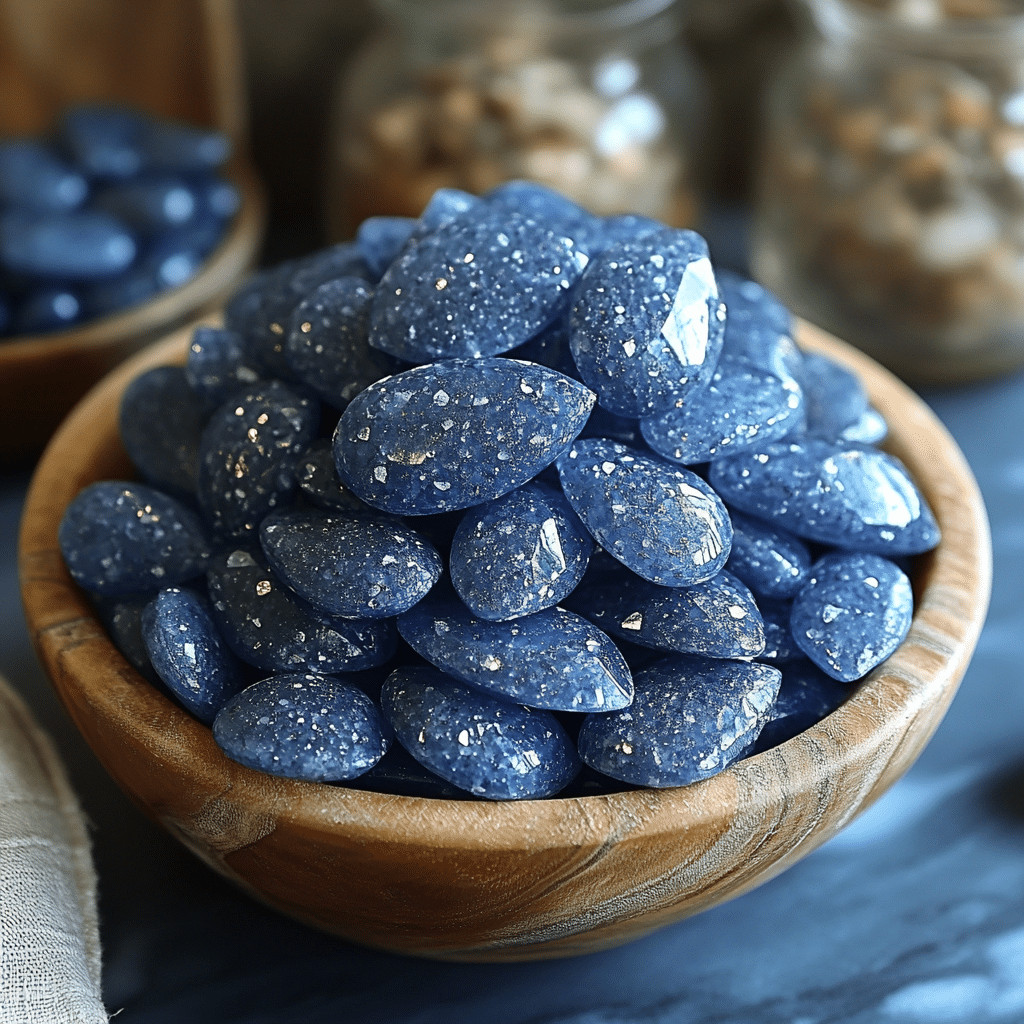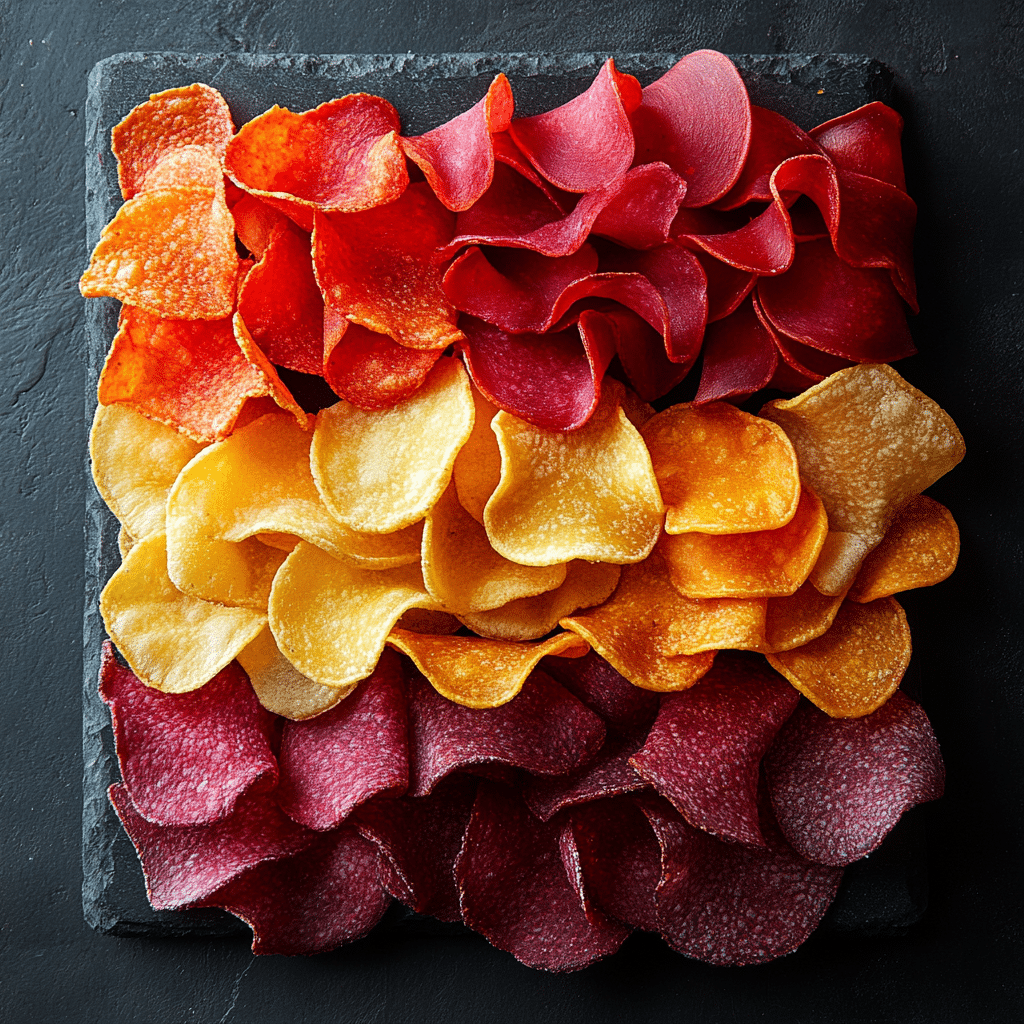Ah, wors—it beckons us from South African backyard braais and busy food festivals alike. Named after the Afrikaans term for sausage, wors signifies not just a culinary marvel but also a rich tapestry of culture, journeying through farms, firesides, and bustling streets. Picture the sizzling sound of boerewors twisting on a grill, releasing tantalizing scents of coriander, nutmeg, and black pepper—a sensory overload that invites you to dive into an experience, not just a meal. This article will take you on a rollercoaster of flavors, history, and the very essence of community through the captivating tale of boerewors.
The Origin and Cultural Significance of Wors
Boerewors is the brainchild of South Africa’s rich heritage. The humble sausage originated amongst Dutch settlers and was graciously woven into the culinary fabric of the indigenous cultures throughout the region. Traditionally composed of a hearty mix of beef and pork, it is seasoned with a blend of spices that embody the flavors of South Africa. Ever wondered what makes it so special? It’s the generous amount of coriander, nutmeg, cloves, allspice, and black pepper. These ingredients work together to create a unique taste that dances on your tongue.
Let’s not ignore its social significance. This glorious wors takes center stage during braais (South African barbecues) and community gatherings. With every sizzling slice and delicious bite, boerewors tells a story of togetherness and celebration. In 2009, the South African government even proclaimed boerewors a national food. Talk about elevating food to cultural status! This declaration highlights its role as a culinary emblem, uniting people across class, race, and background because who doesn’t bond over good food?
Plus, let’s consider the ingredients’ journey. The law states that any boerewors must consist of at least 90 percent meat or fat from a variety of sources—beef, pork, lamb, or goat—emphasizing quality in each bite. The skin, or casing, is either made from properly cleaned intestines or collagen and alginate, ensuring that every piece of wors holds its remarkable flavor. Essentially, boerewors is as much about the story of where it comes from as it is about what it tastes like.

Top 7 Popular Wors Brands You Need to Know
When exploring the world of wors, you can’t overlook these seven brands that’ve taken the sausage game to dizzying heights:
Renowned for capturing the essence of South African cuisine, Frieda’s boasts authentic flavors that even find fans abroad.
Adventurers, rejoice! Kalahari Gourmet offers a twist with venison and spices sourced from the Kalahari Desert, serving foodies something unforgettable.
This brand nails it with 100% grass-fed beef. A staple at local events, Braaikoning champions sustainability without sacrificing flavor.
Younger generations looking for a flavor punch fall head over heels for DeliSpice, which adds fun ingredients like peri-peri and sweet chili to sneak in some boldness.
A family-run establishment, Charlie’s prides itself on artisanal recipes passed down through time. Think of it as vintage meets health-conscious gastronomy.
This quirky food truck brand is the epitome of gourmet on the streets. Think boerewors rolls and inventive fusion dishes that are unbelievably Instagrammable.
Want to level up your eating experience? Wild Country specializes in game meat boerewors, letting you explore exhilarating flavors like kudu and eland.
Each brand tells a tale of flavor. With every bite, you’re not just tasting wors; you’re experiencing tradition and innovation intertwined.
How Boerewors is Made: The Craft of Wrome
Creating boerewors—or as some like to call it, wrome—is an art form deserving of respect. The process kicks off with quality cuts of meat, typically sourced from local craftsmen. Once you have that beautiful, succulent meat, it’s finely ground and then spiced to perfection. The classic mix of coriander, black pepper, and salt surprises your taste buds while vinegar often gets thrown into the mix for that oh-so-necessary zing.
Let’s get into the nitty-gritty. Choosing the meat ain’t just a coasting decision. The grind size must be just right; along with stuffing the casings, each element is crucial for texture and flavor. Small-batch producers take pride in their craft, which starkly contrasts mass-produced varieties. Think of it as the difference between a tailor-made suit versus something from a department store—craftsmanship shines through every detail.
As consumers increasingly lean towards organic and free-range options, artisans are adapting recipes to keep up. This evolution mirrors a greater movement towards sustainability and health, prompting a re-think of food sourcing across South Africa. This is where wors meets modern values—delicious health-conscious choices married to food traditions.

The Global Appeal of Wors: A Culinary Ambassador
Here’s where it gets exciting. Boerewors is now captivating food lovers around the globe, all thanks to South African diaspora communities. You can catch it at food festivals and pop-up markets in bustling cities like London, Sydney, and New York. It’s like the culinary equivalent of a rock star, showing up with a bang and captivating the audience.
More eateries are discovering the allure, featuring boerewors in trendy ways—think gourmet sliders or tajin-sprinkled wraps. This growing interest extends far beyond a culinary trend—it’s a shining example of how food can facilitate cultural exchanges. It’s like a beautiful dance between South African roots and global culinary flair.
Chefs worldwide are jumping into the mix, experimenting with traditional flavors while infusing them with innovative ingredients. As the culinary landscape shifts, you’ll spot vibrant discussions around boerewors flooding social media, opening up a lively conversation—food as culture, identity, and art.
Wors in Contemporary Cuisine: A Fusion of Tradition and Innovation
Wondering what’s next for boerewors? It’s undergoing a transformation in contemporary kitchens, where chefs are rolling up their sleeves and going wild with creativity. Expect to discover heavenly combinations mixing chili oil, smoked paprika, or even kimchi, resulting in inspired dishes that pay homage to traditional roots while innovating for modern palates.
This culinary dynamism resonates beyond the kitchen. Food bloggers and influencers are taking to platforms like Instagram and TikTok to share spine-tingling recipes that blend innovation with tradition. Expect to see everything from spicy boerewors chili tacos to delightful boerewors pasta dishes. The result? A raucous, vibrant online community passionately celebrating the wors in all its glorious forms.
As the recognition of South African cuisine grows on the global scale, boerewors stands tall as the quintessential tribute to its culture. Every juicy bite tells a story of balancing heritage and contemporary tastes, making wors not just a dish but a whole experience.
Ultimately, wors embodies resilience and creativity. It’s a delicious depiction of how food transcends borders, bringing together different flavors and traditions, tightly woven into communities everywhere. From the sizzling grills of South Africa to gourmet dining experiences worldwide, boerewors represents the essence of connection, heritage, and identity, destined to remain a staple on plates and in hearts for years to come.
Whether you’re trying it for the first time or relishing its familiar taste, remember that with every bite of boerewors, you’re part of something much larger—a legacy reverberating through time and taste.
Wors: Dive into the Delicious Heritage of Boerewors
Origins and Ingredients
Did you know that boerewors has its roots deep in South African culture? The word “wors” itself means sausage in Afrikaans, reflecting a rich culinary history. Often made from a mix of beef, pork, and spices, this sausage packs a punch with every bite. Vegetarians don’t have to miss out either; variants containing lentils and mushrooms make an appearance in many modern kitchens. In fact, much like how the single Moms club cast( showcases diverse characters, boerewors has evolved to accommodate a variety of tastes.
Fun Facts and Festivities
Every year, the boerewors competition steals the show at South Africa’s National Braai Day. It’s said that these sausage-making contests draw crowds larger than those for the Pearl Harbor Survivors 2024() reunion events! Folks come armed with secret family recipes and a burning desire to win the tongs of glory. But it’s not just about the sausage; it’s about the camaraderie and celebration of heritage, similar to the joy felt while watching a stage musical like Joseph And The Amazing technicolor Dreamcoat.(.)
Sweet and Savory Pairings
Boerewors isn’t just a standalone dish; it’s the star of many meals. Pair it with trusty Sachets of chutney or mustard, and you’ve got a winning combination. Some even love to throw it into rolls for a scrumptious sausage sandwich. On occasion, you might spot famous figures like Haley Kalil( promoting their favorite boerewors recipes, giving this traditional dish the spotlight it deserves in modern culinary chats. Whether served at a barbecue or celebrated alongside a local sports victory, it’s a dish that bridges cultures and generations.
Tales of Flavor and Unity
In the same way that every bite of boerewors tells a story, the sport it often accompanies can create unforgettable moments. Some fans celebrate their team’s big wins, like the Eli Manning Super Bowl Wins,( with a grill full of boerewors sizzling away in the background. It underscores the importance of food in social gatherings. So, whether you’re at a game or enjoying a cozy meal with family, remember that every bite is steeped in rich tradition. Now that’s something worth chewing on!
So next time you dig into a plate of boerewors, think about the history, the camaraderie, and the flavor that unite people from all walks of life. Would you believe that even the most seasoned chefs get their ideas from the simplest sources? Just check out some Eservices Los Rios for more inspiration!

What is boerewors in English?
Boerewors translates to “farmer’s sausage” in English.
What is wors in Afrikaans?
In Afrikaans, “wors” simply means “sausage.”
What do boerewors taste like?
Boerewors has a unique taste that comes from the mix of spices like Coriander, Nutmeg, Cloves, All Spice, and Black Pepper, giving it a flavorful and aromatic kick.
What is boerewors skin made of in South Africa?
In South Africa, the skin or casing of boerewors is traditionally made from cleaned intestines, but you can also find casings made from collagen or alginate.
What is boerewors in America?
In America, boerewors is often recognized as a type of sausage, but it holds a special place in the South African food scene.
What’s the difference between a sausage and a wors?
The main difference between a sausage and a wors (or boerewors) is the specific spice blend and the requirement for boerewors to have a high meat content, as per South African regulations.
What is the South African word for sausage?
The South African word for sausage is “wors.”
What is the origin of the word wors?
“Wors” comes from the Afrikaans, and it traces back to the Dutch word “worst,” which also means sausage.
What is the biggest Afrikaans word?
The biggest Afrikaans word is often considered to be “otolaryngologist,” but there are many long words in the language.
How healthy is boerewors?
Boerewors can be a tasty option, but like any sausage, it’s got its share of fats, so it’s best enjoyed in moderation.
What is brie in South Africa?
In South Africa, “brie” refers to a type of barbeque where meat, especially boerewors, is cooked over an open flame.
Does biltong taste good?
Many people say biltong tastes great, especially if it’s seasoned just right and dried to perfection.
What is the English name for boerewors?
The English name for boerewors is still “boerewors,” as it’s a specific type of sausage with unique characteristics.
Are you supposed to remove sausage casing?
You don’t have to remove sausage casing if you’re eating things like boerewors; it’s edible and part of the flavor.
What is biltong in Africa?
Biltong is air-dried, cured meat, usually made from beef or game, and is quite popular in South Africa.
What is dry wors in Afrikaans?
“Dry wors” in Afrikaans refers to dried sausage, a type of biltong but with a sausage shape.
What is the meaning of pap and wors?
“Pap and wors” means “cornmeal and sausage,” a classic South African dish often enjoyed together.
What does boerewors mean in Afrikaans?
In Afrikaans, “boerewors” literally means “farmer’s sausage,” highlighting its agricultural roots.
What is the meaning of the Afrikaans word?
The Afrikaans word generally refers to a range of meanings related to sausages and cured meats, focusing on different local delicacies.
How healthy is boerewors?
Boerewors has a rich flavor due to its spices, typically featuring a savory and slightly spicy profile.
What Flavour is boerewors?
Boerewors is considered processed meat since it’s ground, spiced, and stuffed into casings, but it’s made from high-quality meats.
Is boerewors processed meat?
To cook boerewors, you can grill or pan-fry it, making sure to cook it slowly, especially if it’s the thicker version, for the best flavor and texture.



























